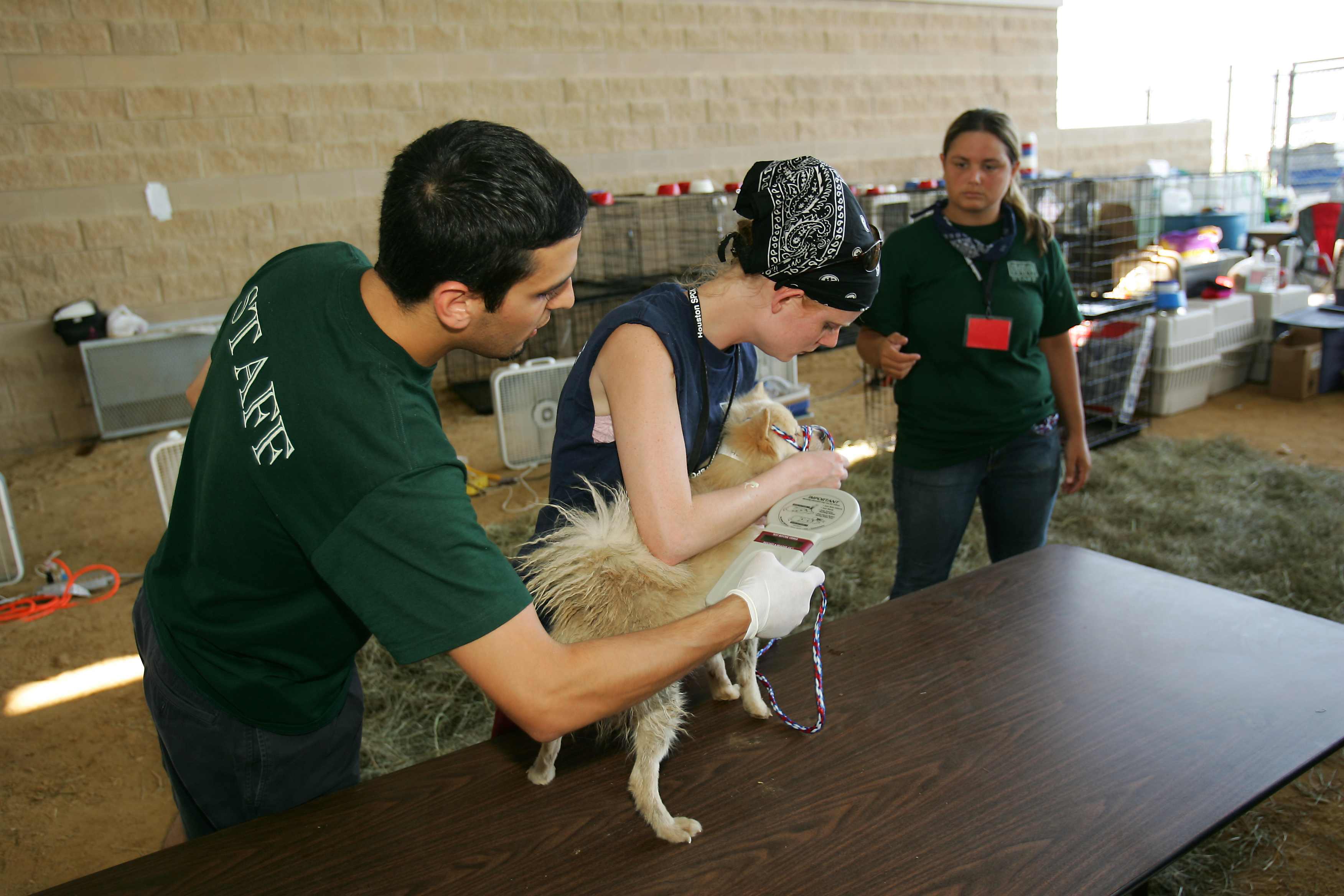|
Twelves
Twelves (12 December 2012 – 20 March 2018) was the pet monkey of Brazilian singer Latino (singer), Latino. He was given to Latino by the singer's manager in 2014, as a wedding gift. A robust capuchin monkey, Twelves was raised like a human baby and often accompanied Latino to shows, TV programs and photo shoots. Twelves had his own Instagram account with more than 100 thousand followers. In 2016, the monkey was the subject of controversy after Latino posted a photo which appeared to show Twelves smoking a hookah. Latino received criticism for posting the image, and the Brazilian Institute of Environment and Renewable Natural Resources (IBAMA) released a statement saying that the singer would be held responsible for the post. The following year, Twelves disappeared for a day, and a search party was formed to find him. Twelves died in 2018 after he went missing and was hit by a vehicle. His body was cremated, and his ashes were turned into a synthetic diamond. Biography ... [...More Info...] [...Related Items...] OR: [Wikipedia] [Google] [Baidu] |
Latino (singer)
Roberto de Souza Rocha (born February 2, 1973), also known by the stage name Latino, is a Brazilian recording artist and entertainer. Latino has sold more than four million albums along his career. Biography Rocha was born in Rio de Janeiro, Brazil. In 1988 he moved to the United States, where his mother was living with his stepfather. Rocha stayed there for four years, working as barman, magician, cook, dancer and even as waiter. He was also roadie for David Copperfield, and started performing in bars and nightclubs. Being repeatedly referred as a "Latin Boy" at work, Rocha decided to use "Latino" as his stage name. After going back to Brazil, Latino started his artistic career in 1994, recording his first CD ''Marcas de Amor''. The tracks "Me Leva" and "Só Você" attracted attention owing to their dance rhythm. The album sold over 100 thousand copies and certified gold. His next album was ''Aventureiro'' resulting in singles "Eu Amo Você" and "Louca". In 1997, he ventured ... [...More Info...] [...Related Items...] OR: [Wikipedia] [Google] [Baidu] |
Robust Capuchin Monkey
Robust capuchin monkeys are capuchin monkeys in the genus ''Sapajus''. Formerly, all capuchin monkeys were placed in the genus ''Cebus''. ''Sapajus'' was erected in 2012 by Jessica Lynch Alfaro et al. to differentiate the robust (tufted) capuchin monkeys (formerly the ''C. apella'' group) from the gracile capuchin monkeys (formerly the ''C. capucinus'' group), which remain in ''Cebus''. Taxonomy Based on the species and subspecies proposed by Groves in 2001 and 2005, robust capuchin monkey taxa include: ''S. flavius'' was only rediscovered in 2006. The specific species and subspecies within ''Sapajus'' are not universally agreed upon. For example, Silva (2001) proposed a slightly different species and subspecies split in which, for example Azara's capuchun, ''Sapajus libidinosus paraguayanus'', is considered a separate species, ''Sapajus cay'', as are the large-headed capuchin and the crested capuchin. Taxonomic history Philip Hershkovitz and William Ch ... [...More Info...] [...Related Items...] OR: [Wikipedia] [Google] [Baidu] |
Pet Microchip
A microchip implant is an identifying integrated circuit placed under the skin of an animal. The chip, about the size of a large grain of rice, uses passive radio-frequency identification (RFID) technology, and is also known as a PIT (passive integrated transponder) tag. Standard pet microchips are typically 11–13 mm long (approximately inch) and 2 mm in diameter. Externally attached microchips such as RFID ear tags are commonly used to identify farm and ranch animals, with the exception of horses. Some external microchips can be read with the same scanner used with implanted chips. Animal shelters, animal control officers and veterinarians routinely look for microchips to return lost pets quickly to their owners, avoiding expenses for housing, food, medical care, outplacing and euthanasia. Many shelters place chips in all outplaced animals. Microchips are also used by kennels, breeders, brokers, trainers, registries, rescue groups, humane societies, clinics, far ... [...More Info...] [...Related Items...] OR: [Wikipedia] [Google] [Baidu] |
Pet Cemetery
A pet cemetery is a cemetery for pets. Although the veneration and burial of beloved pets has been practiced since ancient times, burial grounds reserved specifically for animals were not common until the late 19th century. History Many human cultures burial, buried animal remains. For example, the Ancient Egyptians Mummy, mummified and buried cats, which they considered deity, deities; one of the oldest known pet cemeteries, the Berenice pet cemetery, mainly used for cat burials, was found during the excavation of the Berenice Troglodytica seaport in 2011 and was used between the 1st century, 1st and 2nd century Common Era, CE. Archaeologists have found that dogs were buried alongside humans in Siberia as many as 8,000 years ago. The Ashkelon dog cemetery, the largest known dog cemetery in the ancient world, was discovered at the Ashkelon National Park in Ashkelon, Israel. The ''Hiran Minar'' near Lahore, Pakistan is a minaret that was built in approximately 1606 ... [...More Info...] [...Related Items...] OR: [Wikipedia] [Google] [Baidu] |
G1 (website)
G1, stylized as g1, is a Brazilian news portal maintained by Grupo Globo and under the guidance of Central Globo de Jornalismo. It was released on 18 September 2006, the same date as Rede Globo's anniversary. The portal provides journalistic content from various companies of Grupo Globo – TV Globo, Globo News, Radios CBN and Globo, the newspapers O Globo, Extra, Expresso and Valor Econômico, Época and Globo Rural magazines, among others – besides its own reports in the form of text, photographs, audio and video. In addition to five editorial offices in Rio de Janeiro, São Paulo, Brasília, Belo Horizonte and Recife, affiliates of Rede Globo, newspapers, magazines, radio stations and news agencies Agência Estado, Agence France Presse, Associated Press, EFE, The New York Times ''The New York Times'' (''NYT'') is an American daily newspaper based in New York City. ''The New York Times'' covers domestic, national, and international news, and pub ... [...More Info...] [...Related Items...] OR: [Wikipedia] [Google] [Baidu] |
Jacarepaguá Airport
Jacarepaguá–Roberto Marinho Airport is an airport in the neighborhood of Barra da Tijuca, Rio de Janeiro, Brazil dedicated to general aviation. Following extensive renovation in 2008 the airport was renamed after Roberto Marinho, Roberto Pisani Marinho (1904–2003), a journalist and former president of Rede Globo, Globo Network. It is a major helibase for offshore support. The airport is operated by Pax Aeroportos. History On November 14, 1927 the Aéropostale (aviation), ''Compagnie Générale Aéropostale'' started its operations in Brazil flying between Natal, Rio Grande do Norte, Natal and Buenos Aires, with multiple stops on the Brazilian coast, using aircraft with landing gear having as pilots Jean Mermoz, Antoine de Saint-Exupéry, and Henri Guillaumet among others. It was part of a larger project linking France and South America. The airline was based in Rio de Janeiro, from where flights departed north and southbound. In Rio de Janeiro it used not only the military ... [...More Info...] [...Related Items...] OR: [Wikipedia] [Google] [Baidu] |
Barra Da Tijuca
Barra da Tijuca () (usually known as Barra) is an upper-middle class neighborhood or bairro in the Rio de Janeiro#West Zone, West Zone of Rio de Janeiro, Brazil, located in the western portion of the city on the Atlantic Ocean. Barra is well known for its beaches, its many lakes and rivers, and its lifestyle. This neighbourhood represents 4.7% of the city population and 13% of the total area of Rio de Janeiro. Barra da Tijuca is classified as one of the most developed places in Brazil, with one of the highest Human Development Indexes (HDI) in the country, as measured in the 2000 Brazil Census. Unlike the South Zone and Rio's Downtown, Barra da Tijuca, built only 30 years ago, follows the Modernist standards, with large boulevards creating the major transit axis. The area's masterplan was designed by Lúcio Costa, known for his work on Brasília, and creates a region filled with many gardens, shopping malls, apartment buildings and large mansions. In recent years, due to the rapid ... [...More Info...] [...Related Items...] OR: [Wikipedia] [Google] [Baidu] |
Universo Online
(Portuguese, 'Universe Online') (known by the acronym UOL) is a Brazilian web content, products and services company. It belongs to Grupo Folha enterprise. UOL is the world's largest Portuguese speaking portal, featuring more than 1,000 news sources and 7 million pages. The portal provides website hosting, data storage, publicity dealing, online payments and security systems. It also holds more than 300,000 online shops, 23 million buyers, and 4 million vendors in its portals. In 2012, UOL was the fifth most visited website in Brazil. According to Ibope Nielsen Online, UOL is Brazil's largest internet portal with more than 50 million unique visitors and 6.7 billion page views every month. History UOL was established by Grupo Folha on April 28, 1996. After seven months, UOL joined portal Brasil Online (BOL) from Editora Abril. However Editora Abril does not own shares in BOL anymore. Portugal Telecom had 29% of UOL, but sold its shares to Folhapar, a company controlled b ... [...More Info...] [...Related Items...] OR: [Wikipedia] [Google] [Baidu] |
Fake News
Fake news or information disorder is false or misleading information (misinformation, disinformation, propaganda, and hoaxes) claiming the aesthetics and legitimacy of news. Fake news often has the aim of damaging the reputation of a person or entity,Schlesinger, Robert (April 14, 2017)"Fake news in reality" '' U.S. News & World Report''. or making money through advertising revenue. Although false news has always been spread throughout history, the term ''fake news'' was first used in the 1890s when sensational reports in newspapers were common. Nevertheless, the term does not have a fixed definition and has been applied broadly to any type of false information presented as news. It has also been used by high-profile people to apply to any news unfavorable to them. Further, disinformation involves spreading false information with harmful intent and is sometimes generated and propagated by hostile foreign actors, particularly during elections. In some definitions, fake news i ... [...More Info...] [...Related Items...] OR: [Wikipedia] [Google] [Baidu] |
Animal Rights
Animal rights is the philosophy according to which many or all Animal consciousness, sentient animals have Moral patienthood, moral worth independent of their Utilitarianism, utility to humans, and that their most basic interests—such as avoiding suffering—should be afforded the same consideration as similar interests of human beings. The argument from marginal cases is often used to reach this conclusion. This argument holds that if marginal human beings such as infants, senile people, and the Cognition, cognitively disabled are granted moral status and negative rights, then nonhuman animals must be granted the same moral consideration, since animals do not lack any known morally relevant characteristic that marginal-case humans have. Broadly speaking, and particularly in popular discourse, the term "animal rights" is often used synonymously with "animal protection" or "animal liberation". More narrowly, "animal rights" refers to the idea that many animals have fundamen ... [...More Info...] [...Related Items...] OR: [Wikipedia] [Google] [Baidu] |
Luisa Mell
Marina Zatz de Camargo (born 19 September 1978), known professionally as Luisa Mell, is a Brazilian actress, television presenter, animal rights activist, and businesswoman. Mell's career began at the age of nineteen when she appeared in a sitcom aired on the Sunday program ''Domingo Legal'' (SBT). Then she went to Rede TV!, where she presented programs. The best known is the ''Late Show'', which had the purpose of rescuing animals from the streets or under mistreatment and arranging their adoption. Animal rights activist, Mell was responsible for passing a law banning the use of animals in circus shows and the immediate sacrifice of dogs collected by Zoonoses. In May, 2013, she launched her official website. The website is intended to provide veterinary information, rescue stories, appeals for lost dogs and the saga of the girl as a vegetarian. In February, 2015, she founded the Luisa Mell, which mainly works to rescue injured or at risk animals, recovery and adoption. It also ... [...More Info...] [...Related Items...] OR: [Wikipedia] [Google] [Baidu] |





